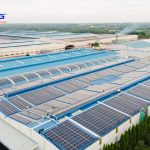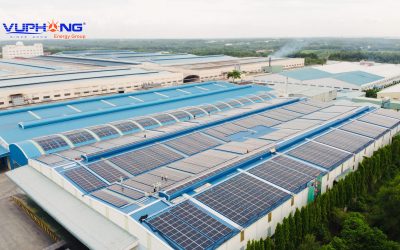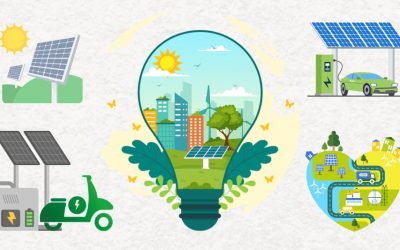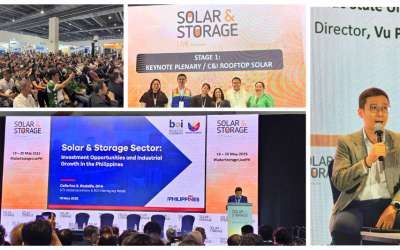
The demand for sustainable and renewable energy sources has never been greater. As we strive to reduce our carbon footprint and transition to a greener future, innovative solutions like transparent solar panels are gaining traction. These cutting-edge devices offer a unique approach to harnessing solar energy, combining functionality with aesthetics. In this article, we will explore the latest advancements in transparent solar panel technology and discuss their potential impact on the energy landscape.
Transparent Solar Panels: The Clear Way For The Future
Advancements in Transparent Solar Panels:
A team of researchers led by the University of Michigan has recently set a new efficiency record for color-neutral, transparent solar cells. The team achieved 8.1% efficiency and 43.3% transparency with an organic, or carbon-based, design rather than conventional silicon. This significant breakthrough has the potential to revolutionize the way we think about solar energy generation, particularly in urban environments.
 Transparent solar panels
Transparent solar panels
The researchers developed a new material that combines organic molecules engineered to be transparent in the visible range and absorbing in the near infrared, an invisible part of the spectrum that accounts for much of the energy in sunlight. This innovative approach allows the solar cells to maintain high transparency while efficiently absorbing and converting sunlight into electricity
Benefits and Applications:
Transparent solar panels offer numerous benefits, including their ability to be integrated into existing architectural designs without compromising aesthetics. They can be used in various applications, such as windows, skylights, and other glass surfaces, providing an opportunity to transform buildings into power generators. This innovative technology could significantly reduce energy consumption and carbon emissions in the building sector, one of the largest contributors to global greenhouse gas emissions.
Moreover, transparent solar panels can be customized for local latitudes, taking advantage of the fact that they are most efficient when the sun’s rays are hitting them at a perpendicular angle. This feature allows for optimal energy production in different regions, further enhancing their potential as a sustainable energy solution
Challenges and Future Directions:
While the advancements in transparent solar panel technology are promising, there are still challenges to overcome. One of the primary concerns is the trade-off between transparency and efficiency. Currently, higher efficiency often comes at the cost of reduced transparency, making it essential to strike a balance between these two factors. Additionally, the durability and lifespan of transparent solar cells need to be improved to ensure their long-term viability and cost-effectiveness
In conclusion, transparent solar panels represent a significant step towards a more sustainable and energy-efficient future. As research and development continue, we can expect to see further improvements in efficiency, transparency, and durability, making this technology an increasingly attractive option for buildings and other glass surfaces. By harnessing the power of the sun in a transparent and aesthetically pleasing manner, we can contribute to a greener and more sustainable world.









